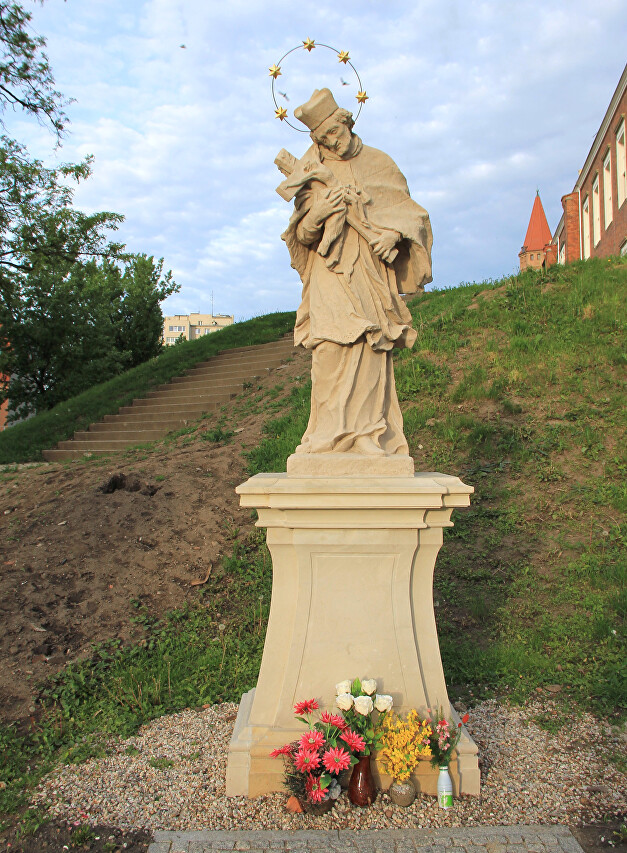Legnica Piast Castle
The main attraction and symbol of Legnica, the castle that belonged to the Piasts, the oldest princely and later royal dynasty of Poland (Zamek Piastowski). Historical studies indicate that the first fortification in the area of the confluence of the Cherna Voda and Kachava rivers appeared in the eighth century. Around 985, during the reign of Mieczyslaw (Mieszko I), the first Polish Prince known to history, built wooden fortresses in Wrocław, Opole and Legnica to protect Silesia.
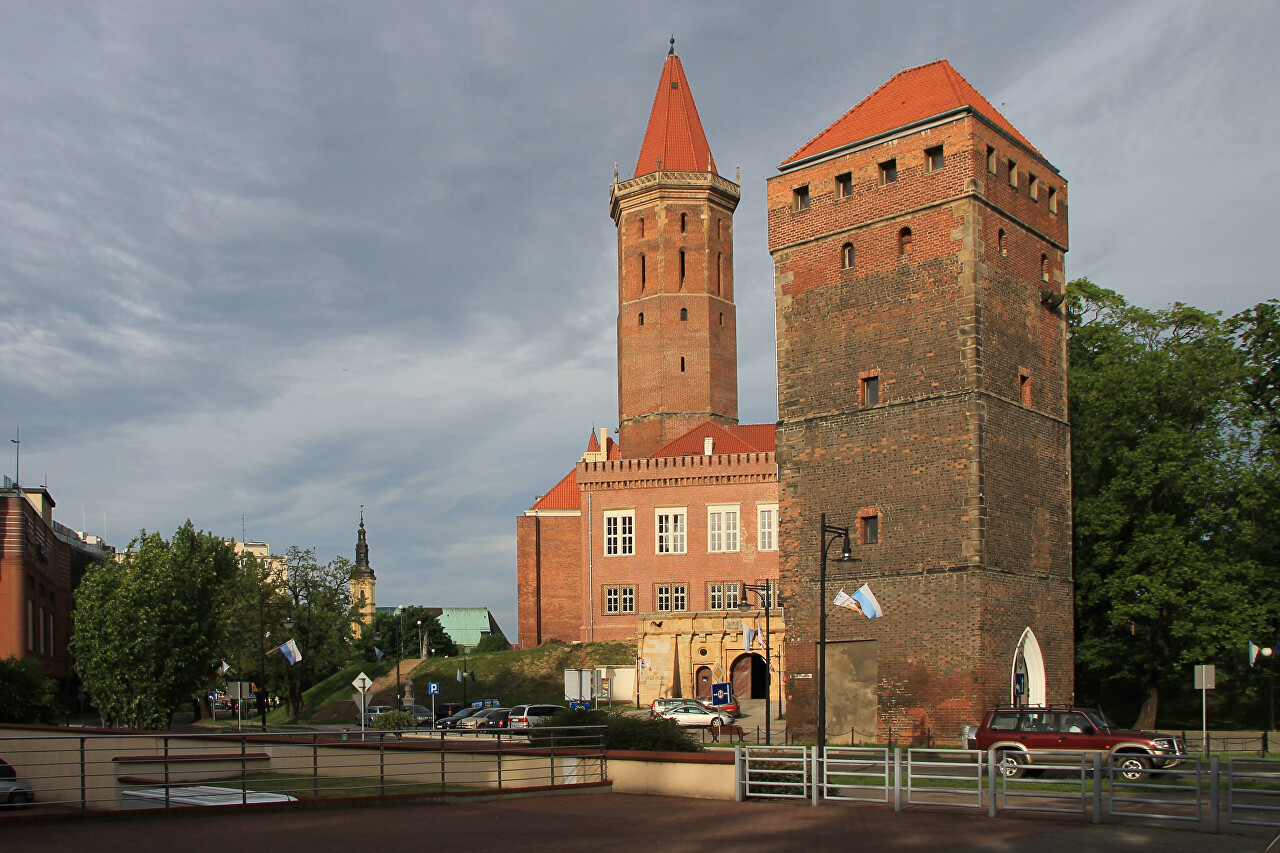
The current walls date back to the 12th century and were built by Prince Henryk Brodaty in 1149. Legnica Castle is considered the first stone defensive structure in Poland. On April 9, 1241, in the vicinity of the castle, the army of Henry II, Prince of Krakow, Silesia and Greater Poland, met with the army of Baydar, the grandson of Genghis Khan, who invaded Poland. The European army, aft of the Poles, included knights from France and Germany, Templars and Teutons. The army of Henry II outnumbered the Tatar-Mongol almost twice, but in the bloody battle it was almost completely destroyed. destroyed.
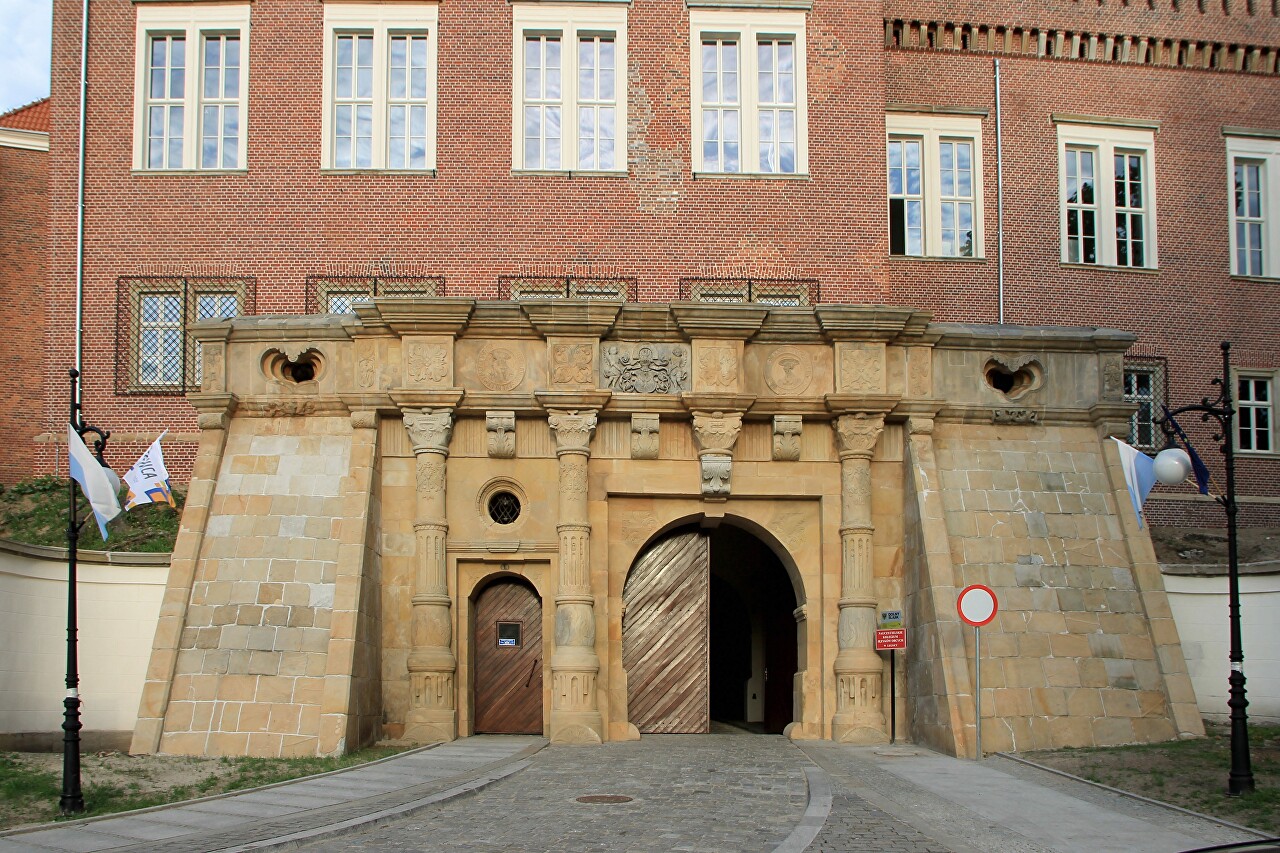
The reason for the defeat is the use by the Horde of tactics unusual for European soldiers (mostly very "non-tsarist" in European military terms) and technical means (in particular, researchers suggest the use of poison gases). Among the dead was Prince Velikopolsky himself. Then the victors laid siege to the walls of Legnica, showing its defenders Henry's head impaled on a spear to intimidate them. However, the townspeople refused to surrender and withstood the siege.
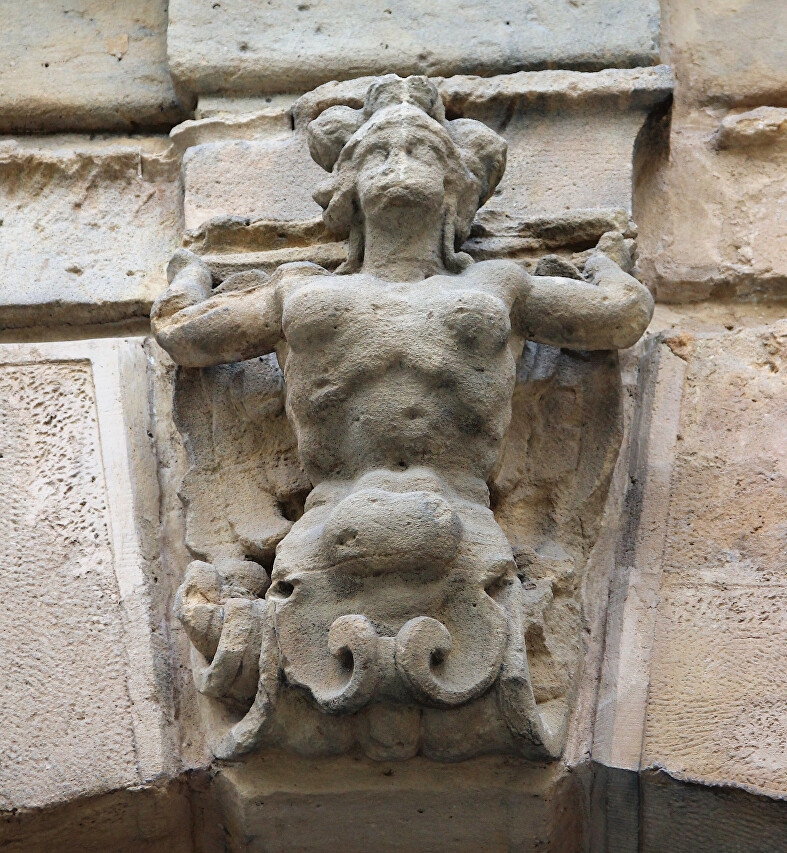
Legnica is considered the westernmost point of the invasion of the Golden Horde, and the siege of Legnica is often interpreted as a turning point in the Western campaign of the Mongols, allegedly saving Europe from invasion. In fact, the Mongols did not go to Germany because of its poverty - the intelligence of Asians found out that there was nothing to profit from there. So they turned south into richer lands, ravaging Hungary and Croatia, and the Mongols headed east through Bosnia, Serbia, and Bulgaria - further south and west, the way was blocked by mountains where the tactical advantages of the steppe army were lost.
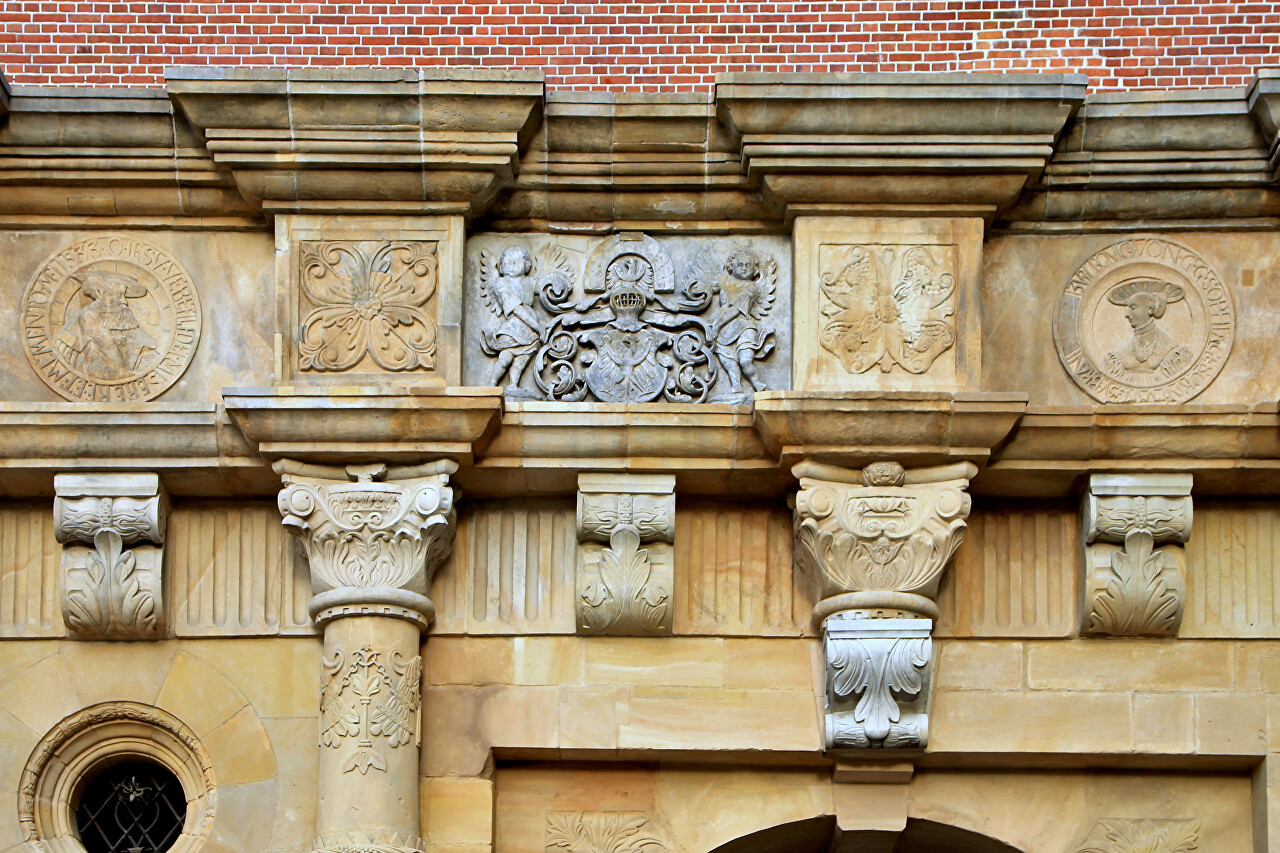
In the future, the castle was repeatedly rebuilt, Princes Friedrich II (1480-1547) and Jerzy Rudolf (1595-1653) gave it a quadrangular layout and surrounded it with fortifications with four bastions at the corners. In 1711 and 1835, the castle completely burned out in fires.
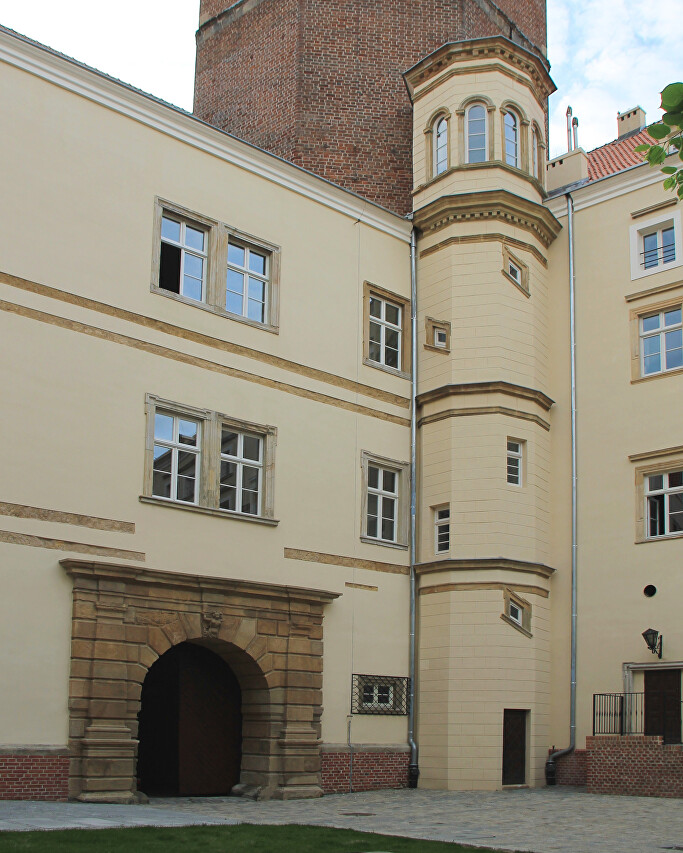
The wings of the castle formed a courtyard divided into two parts by a wall with a clock tower, which in the XIX century was replaced by a neo-Renaissance gallery.
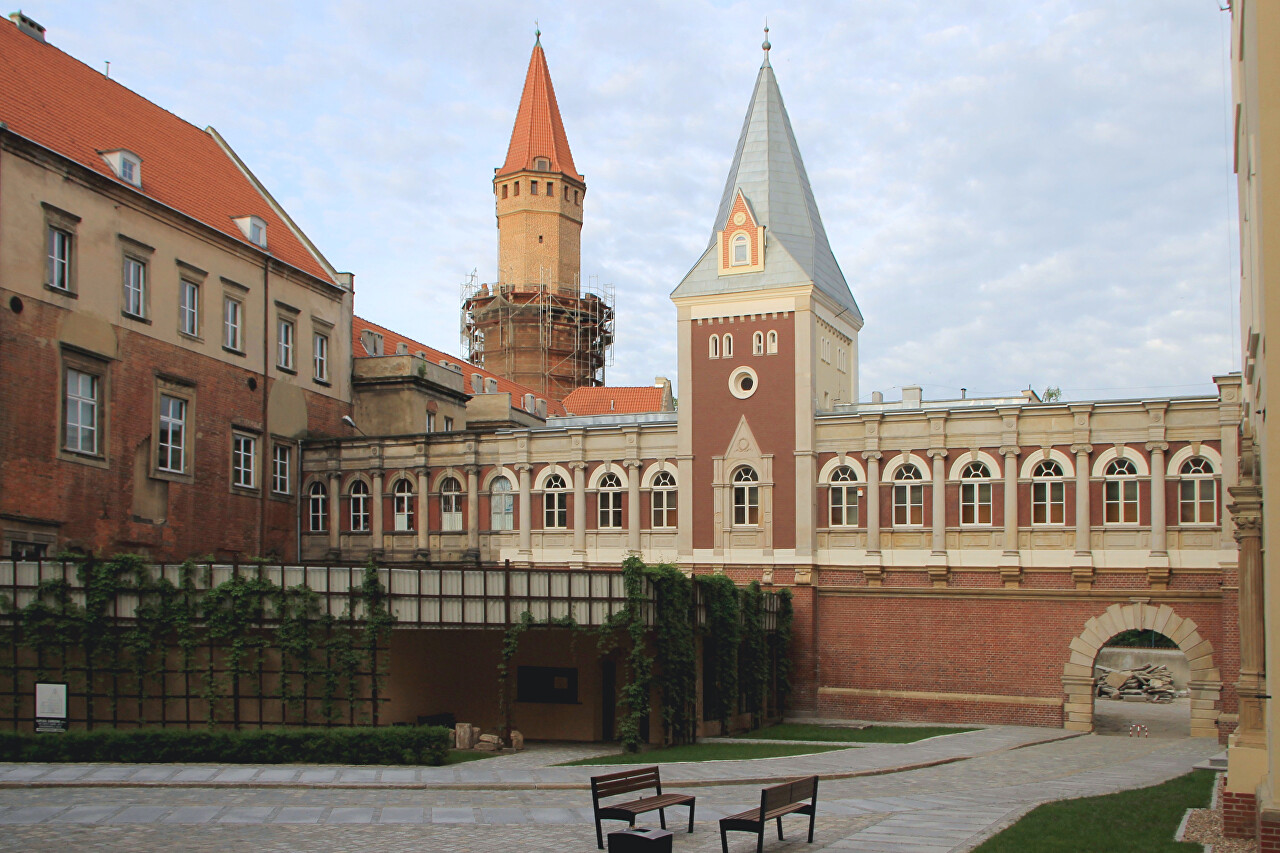
In 1945, the castle was almost completely destroyed as a result of military operations and stood in ruins for a long time. Restoration of the castle began in 2009 and now it can be seen in the guise of the 18th century.

Only two of the four towers have survived to this day. To the left of the main entrance is St. Peter's Tower, from which the legend of the knight Otto von Hohen is connected. Leaving for the Crusade, the prince instructed this knight to provide food for one of the servants imprisoned in the tower, suspected of a crime, and allocated him money for this. The knight quickly squandered this money, as a result, the prisoner died of starvation. Later it turned out that the servant was innocent, which was due to the prince when he returned. After learning that an innocent man had died, he locked the culprit of his death in a dungeon with a decomposing corpse. The knight Otto cried aloud for mercy day and night, and his cries echoed throughout Legnica. After 10 days, the knight died of exhaustion and was buried in the same grave with the servant who died due to his fault. Since then, the spirit of the knight Otto has been roaming around the castle, and St. Peter's tower has received a second name - "Hungry". People living nearby claim that at night you can still hear moans coming from the dungeon under the tower.
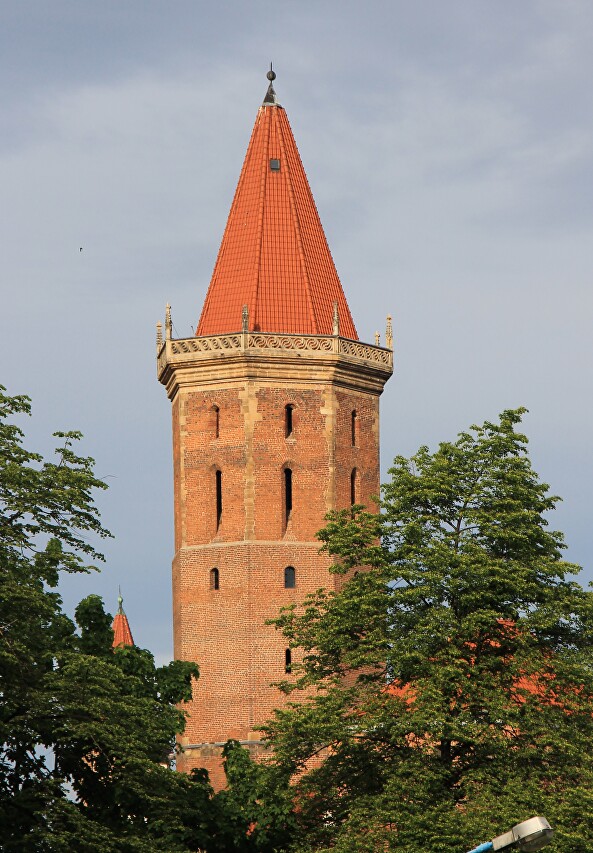
The south-west wing of the castle ends with the tower of St. Jadwiga (1201-1238), named after the Bavarian Duchess and wife of Prince Henry I the Bearded. Jadwiga of Silesia became known as the founder of several monasteries and many churches, as well as for her charitable activities. According to legend, the duchess lived in this tower and spent a lot of time in the upper part of it, where she communicated with angels.
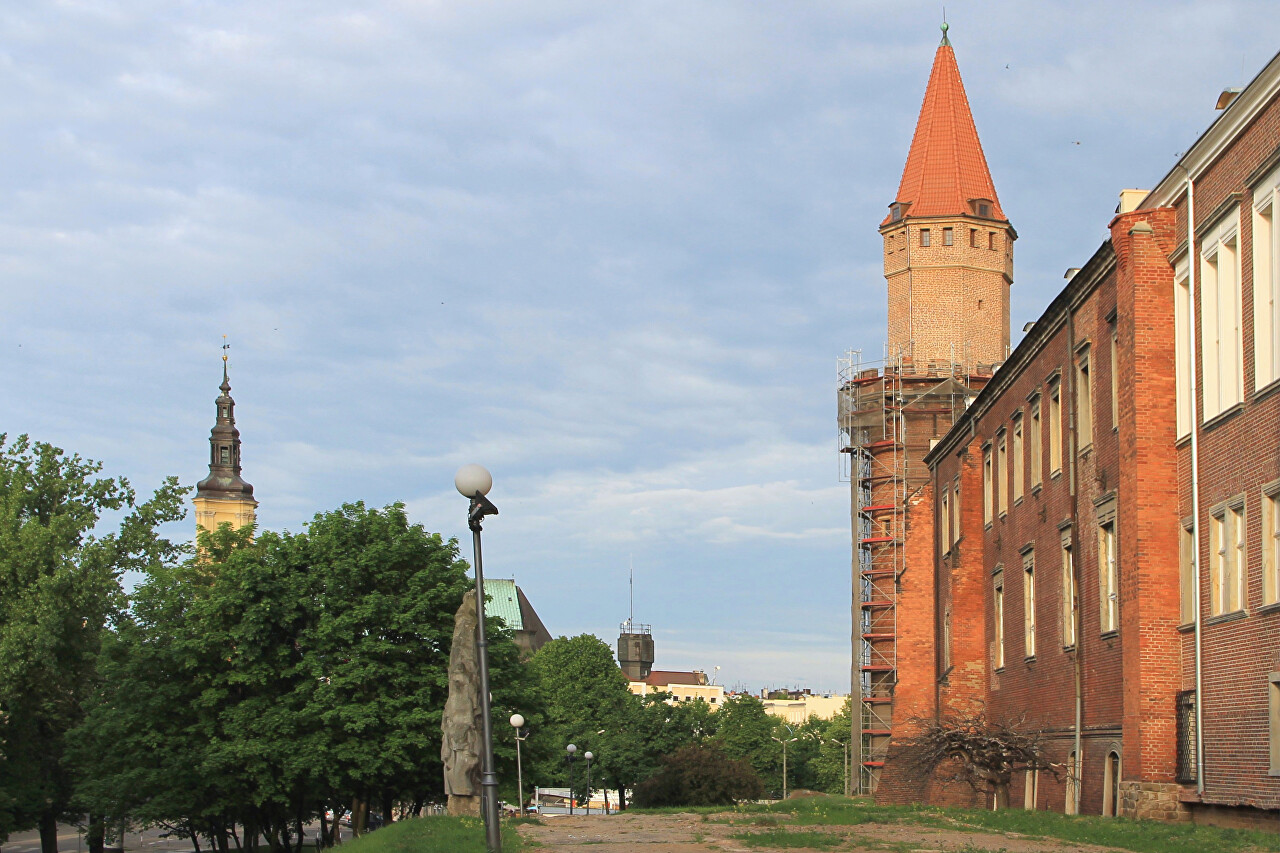
At the beginning of the fifteenth century, Prince Ludwig II arranged a place for pilgrimage in the room where Saint Jadwiga spent time in prayer. In the 16th century, by decree of Prince Frederick II, the room was frescoed using the dye "malachite green", for which it received the name "Green Room".
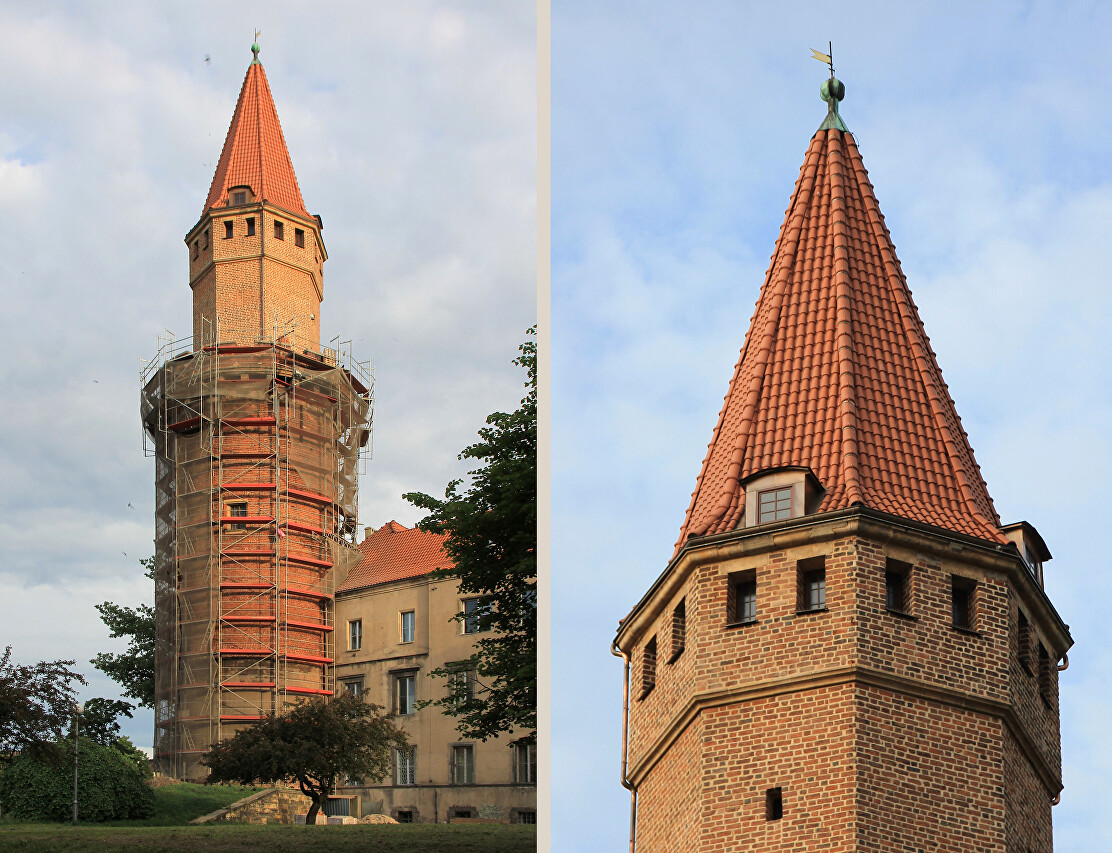
There are several monuments near the castle walls. One of them is dedicated to the battle with the Mongols.

Monument to St. John of Nepomuk. This statue can be found in almost every city in Poland and the Czech Republic.
